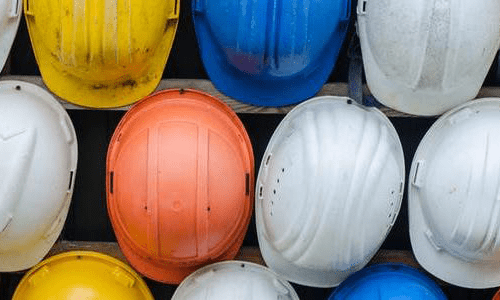HMRC have announced a VAT domestic reverse charge will need to be applied on supplies to building and construction companies of services that are within the scope of the Construction Industry Scheme (CIS). This will only apply where the customer is registered for both VAT and CIS.
Overview
From 1 March 2021, sub-contractors will not charge VAT on qualifying services and supplies to other building and construction industry businesses. Instead, contractors will account for the VAT due directly to HMRC on our VAT returns.
For example, if a sub-contractor supplies services for £5,000 (excluding VAT), previously they would have issued an invoice at £5,000 plus VAT at 20% – i.e., £6,000 in total. The contractor, subject to CIS status of the sub-contractor, would have paid £6,000.
From 1 March 2021:
- Sub-contractors will not charge VAT on their invoices to contractors.
-
Contractors will pay £5,000 to the sub-contractor (i.e., will not pay VAT to sub-contractors)
-
Contractors will include what previously would have been the sub-contractors, VAT payable to HMRC of £1,000 in their VAT return. They will also include the £1,000 VAT reclaim, as the would previously have done, on their return as well
Where services and supplies within the scope of CIS are made to domestic customers or customers who are not VAT registered or not CIS registered, domestic reverse charge will not apply and VAT will be charged in the normal way.
The reverse charge does not apply to standard rated items which are included in a zero-rated supply of building and construction services, for example the supply and incorporation of ovens and hobs.
If you supply only standard rated services for new build housing, the reverse charge will apply, however if your customer is an end user (homeowner or landlord etc), the reverse charge will not apply and you should use the normal VAT rules.
-
VAT Treatment of Supplies that are Within the Scope of CIS
These changes come in for sales invoices dated on or after 1 March 2021. For Invoices issued before 1 March 2021 sub-contractors should still add VAT, even though they will be paid after that date.
Practical Consequences
Sub-Contractors
When forecasting your cashflow after 1 March 2021, sub-contractors will need to consider the impact of the loss of VAT being paid to them on sales invoices. The cashflow affect cancels itself out when the VAT return is complete and paid, however, in the meantime subcontractors will have less cash to finances the purchases of materials etc.
The reverse charge is also likely to mean sub-contractors will make net repayment claims to HMRC. As they no longer receive VAT on their sales, they will no longer have to pay this over once a quarter. Sub-contractors can apply to move to monthly returns using their online VAT account, to speed up these refunds.
However please be aware that the cash accounting scheme cannot use for supplies subject to reverse charge. Users of the Flat Rate Scheme will have to consider if it’s still beneficial, bearing in mind that under the scheme they cannot recover VAT incurred on purchases of materials, overheads and so on.
Sub-contractors will also need to consider how their accounting software deals with the changes. Any invoices subject to the reverse charge will need to include wording stating that ‘the reverse charge applies’ and clearly state how much VAT is due under the reverse charge, or the rate of VAT if the VAT amount cannot be shown, but the VAT should not be included in the amount charged to the customer. They will also need to monitor whether their customers are VAT and CIS registered and keep appropriate records for this.
We have spoken to QuickBooks whose technical team are implementing the changes at present. They have assured us that they will be ready for 1st March. We are waiting for feedback from Sage at present.
Contractors
Contractors will need to make sure their sub-contractors are charging them the correct VAT because if the reverse charge should have been applied but was not, their VAT return will be incorrect. They will need to give the sub-contractors the right information to ensure they include the correct VAT treatment on their invoices.
Contracts will see an initial cashflow benefit from not having to pay VAT on their sub-contractor invoices, however, their VAT liabilities to HMRC will be considerably higher. The reserves charge will cancel out input VAT from the sub-contractors’ invoices.
Contractors will also need to ensure that their accounting system can deal with these changes and is correctly including both the Input and output VAT on their VAT returns.
Further guidance
The published guidance that has been released by HMRC so far is at:
Any queries you can also email me directly at Amy.hastings@myersclark.co.uk

